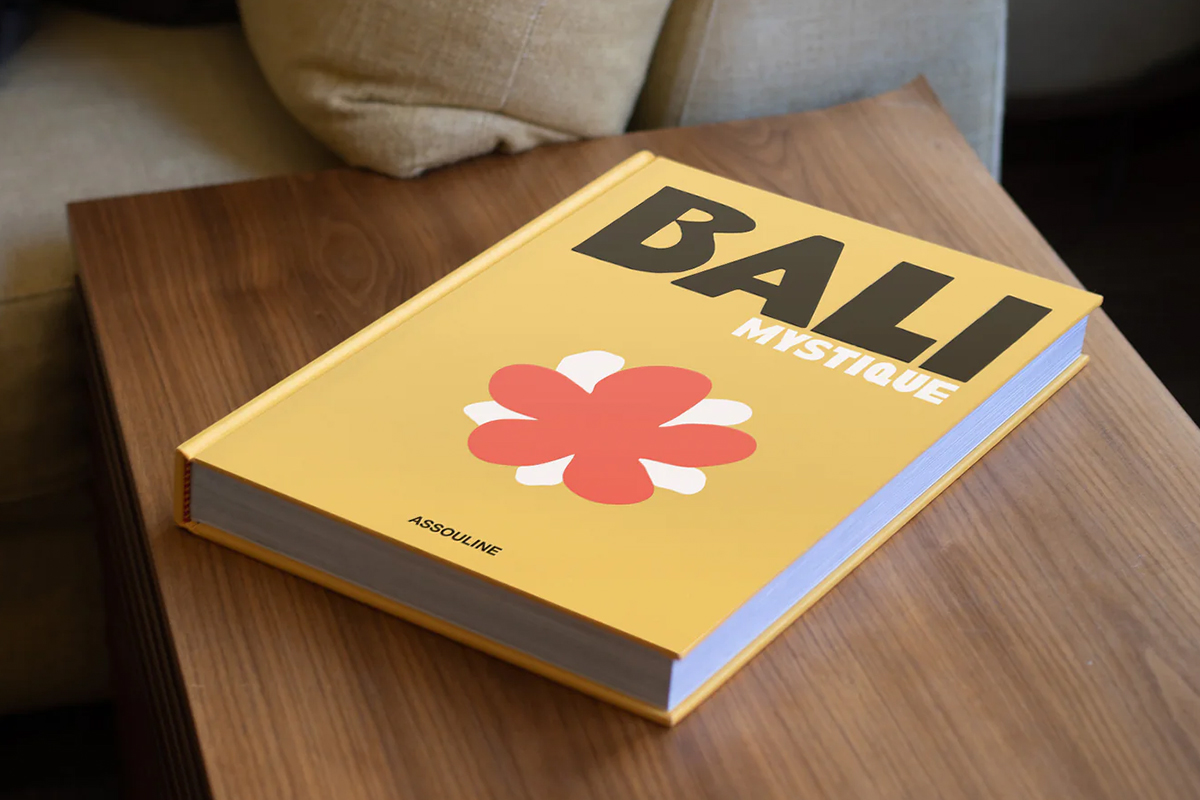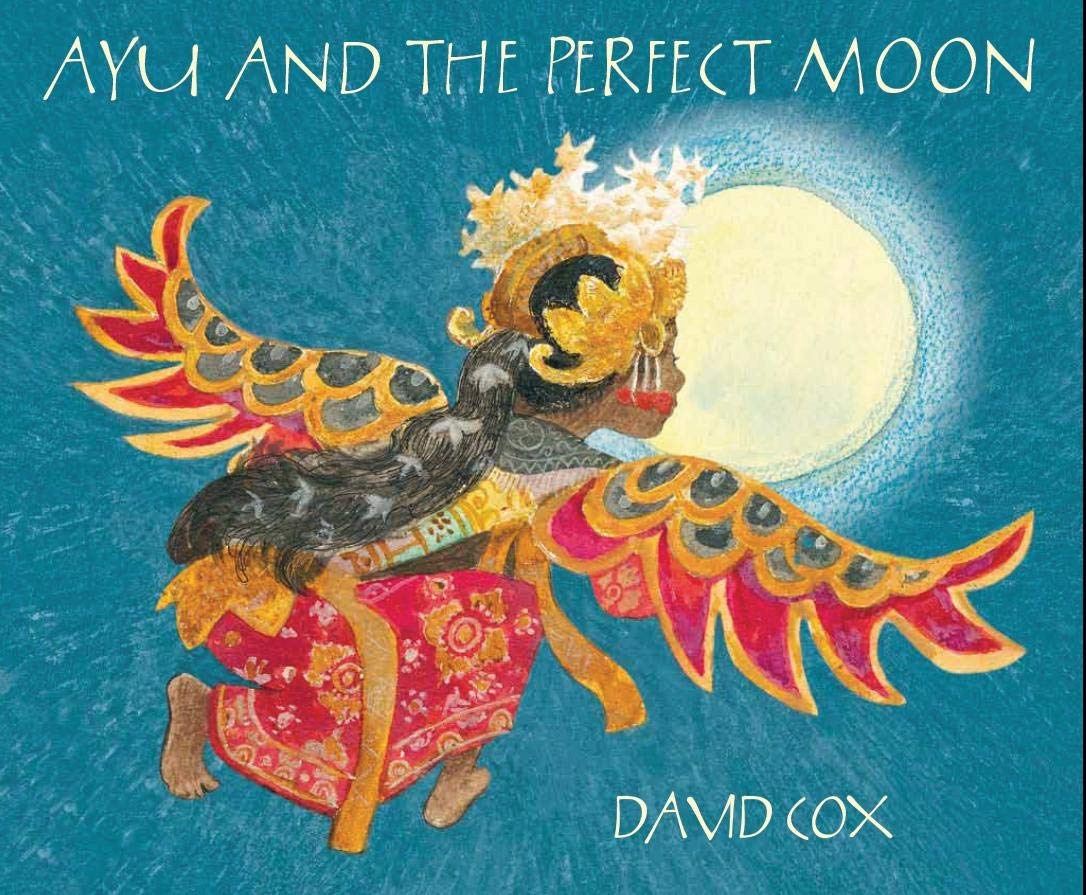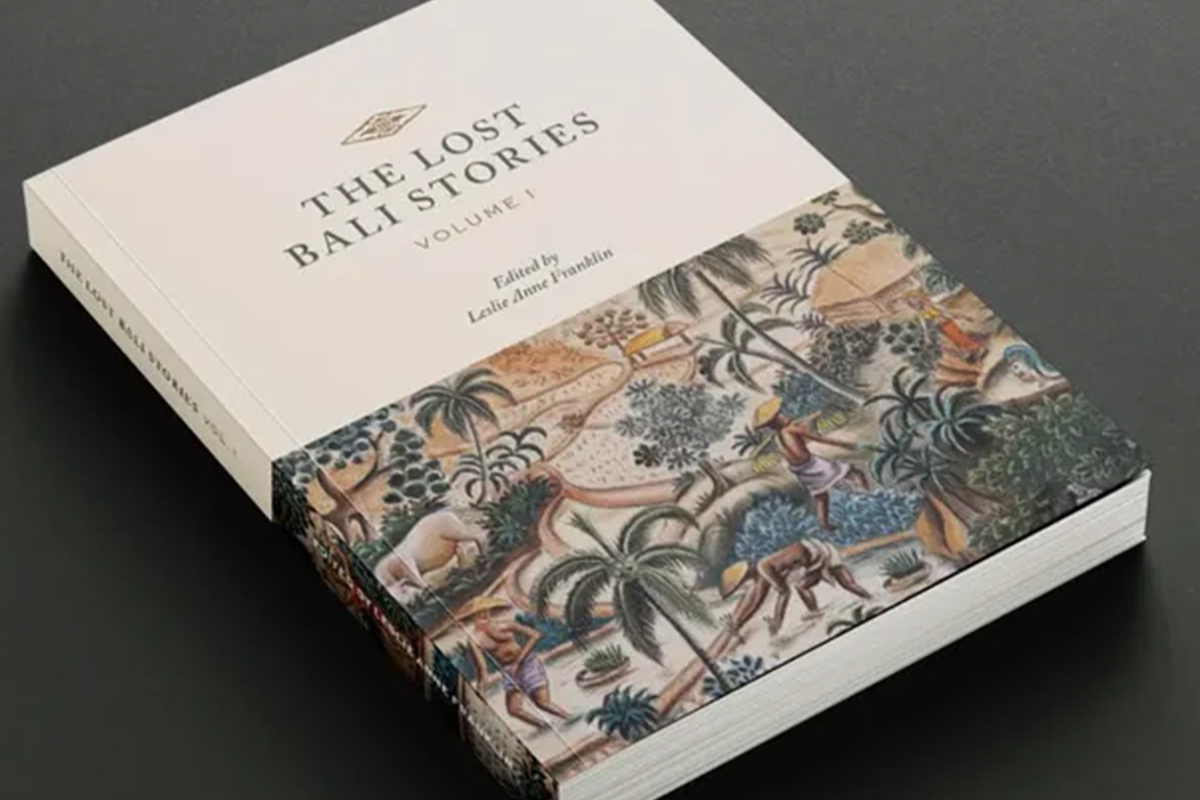Balinese Dance, Drama And Music: A Guide to the Performing Arts of Bali
Wayan Dibia & Barbara Anello
Take a deep dive into Bali’s creative and artistic past with a detailed overview of Bali’s myriad performing art forms. Within the pages of Balinese Dance, Drama And Music: A Guide to the Performing Arts of Bali, Dibia transports readers to the world of Balinese dance and theatre, from gamelan music to shadow puppetry. Delving into each dance’s origin, including its function and the process of learning, this book invites readers on a journey from the traditional to the contemporary. Authentically detailed illustrations depicting dance moves and form interweave with visually striking photography portraying the dances, including costume and mythical gods that are brought to life in modern day performances.
“Dance, drama and music are much more than mere performances. They are spectacles of color and sound, but their main purpose is to please the deities and ancestral spirits. Art, if not a ritual in itself, is a part of the ritual. The arts express the values that the Balinese hold dear, such as balance and harmony. Taksu, or spiritual charisma, is the pinnacle of energy which every Balinese performer strives for to mesmerize both the human and divine audience”








